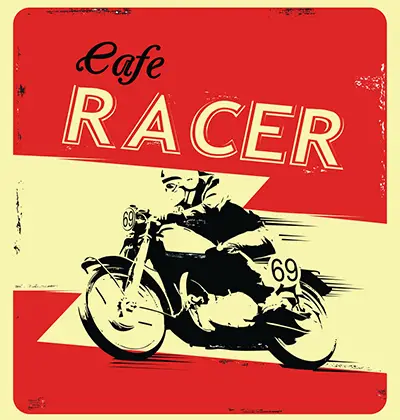What To Expect On A Motorcycle Road Test
So you have passed the M1 Test Ontario and you’re ready to get a full license to ride your motorcycle. Well, there is no shortcut around it and you must take the road test and prepare for some action. It would be a shame to take a motorcycle road test without knowing what to expect. Usually, when the mind confronts something it did not expect, it resorts to a defense mechanism by getting nervous. In the midst of all the confusion, one misstep could be grounds for failure. However, you can avoid all that if only you know what to expect.
Before the Road Test
 Presentation of Papers- The examiner will request to check your papers to ascertain if you’re the right person. Be sure to carry your identification card, license, passport, or any other relevant document that reveals your identity. Of course, don’t forget to bring on your knowledge test pass certificate just in case.
Presentation of Papers- The examiner will request to check your papers to ascertain if you’re the right person. Be sure to carry your identification card, license, passport, or any other relevant document that reveals your identity. Of course, don’t forget to bring on your knowledge test pass certificate just in case.
Checking of motorcycle apparel- After the examiner has checked out your documents, your clothes will be the next thing on the list. You will be judged by what you wear. If you’re under-dressed for the occasion or missing basic motorcycle apparel, the road test could be over before it even starts. Remember, the fee is non-refundable. Hence, you must wear leather gloves, motorcycle boots, leather motorcycle jacket, reflector, heavy denim trousers or leather trousers, knee/elbow protection pads, and most importantly, bring your helmet.
Eyesight test- The examiner will ask you to read a number plate from a distance to know if your eyesight is okay. If you have an eyesight problem, don’t forget to wear your glasses.
Motorcycle safety check questions- The examiner will then proceed to explain how the test will be conducted. For instance, the examiner will tell you how long the road test is expected to last. If you’re taking a closed circuit test, the examiner will tell you the test will be done in an off-road area and it will take about 20 minutes to complete. But if you’re doing the final road test, the process will be done on public roads and will take at least 30 to 50 minutes. Once the examiner has briefed you, expect to be asked a few motorcycle safety check questions. Usually, you will be asked basic questions that you studied during the knowledge test like how to check if the engine has sufficient oil or how to check the condition of the chain. Hence, if you want to pass this part, you have to learn technical knowledge about your motorcycle parts namely; the tires, brakes, steering, reflectors, chain, lights, indicators, emergency stop switch, chain, and oil level sight glass. You can prepare yourself by consulting your province riding guide and your motorcycle’s manufacturer’s handbook.
During the Road Test
Moving the motorcycle- Before everything else, the examiner will test you whether you know how to balance a motorcycle on its stand. Also, you will be asked to move the motorcycle with the engine off at least 5 meters forward or backward.
The Skills test – If you’re doing a closed circuit test, the evaluation will be done in a secure off-road location usually filled with a lot of traffic cones and markings. The examiner will show you a detailed map of the area and explain what you should do. After the briefing, you will be requested to ride between the pylons to test your control of the motorcycle. Expect to do a figure of 8 complete circuits around different marked traffic cones. The next test involves demonstrating the ability to ride your motorcycle in a slow manner acting as if you’re in slow-moving traffic. Once you get to the white markings, the examiner will ask you to do a U-turn. Halfway through the skills test, you will be examined thoroughly on cornering maneuvers, emergency stops, controlled stops, and hazard avoidance. For every task, the examiner will inform you of the expected speed limit.
The actual road test- The road test happens after you have passed the skills/balance test, usually scheduled on a different day. The test takes place on public roads and it will be over within 50 minutes. The examiner will follow you closely with either a motorcycle or a car while giving you instructions via a speaker device installed in your helmet. You will be evaluated on overtaking, road positioning, use of signals, anticipation, safety glances, moving off, progress, driving in traffic, control, speed, and compliance with traffic signs. Although the examiner will be giving you instructions, expect to be asked to drive independently on a setup route for at least 10 minutes without the usual instructions. Since you will be riding in a less controlled environment compared to the skills test, the examiner will be keen to note down your mistakes. You will also be tested on the same things as the closed-circuit test such as emergency braking, U-turn, obstacle avoidance maneuver, and slow riding.
After the Road Test
The examiner will inform you whether you have passed or failed. If you fail the test, the examiner will explain the reasons why with a detailed report of your faults and the areas you need to improve. If you pass the test, congratulations!
